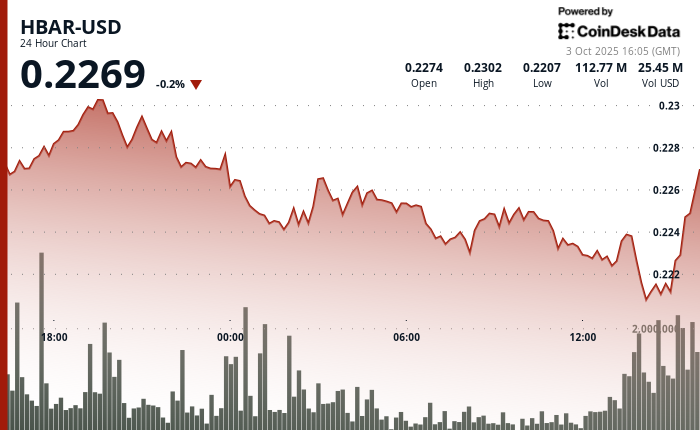In brief
- Samsung has integrated Coinbase access within its wallet app in the United States.
- The feature lets Samsung device owners more easily purchase cryptocurrency from their phones.
- Samsung has been immersed in crypto for years via phone integrations, investments, and enterprise blockchain moves.
Tech giant Samsung has expanded its collaboration with crypto exchange Coinbase to offer its 75 million U.S. Galaxy device owners easier cryptocurrency access through Samsung Wallet and Samsung Pay.
First announced in July, the team-up now allows Coinbase users to purchase cryptocurrency directly within the app using Samsung Pay, streamlining investment management on its secure platform.
Samsung Wallet users receive exclusive benefits as part of the collab, including a free 3-month Coinbase One subscription. This premium membership offers zero trading fees on select assets, enhanced staking rewards, and partner offers. New traders also receive a $25 credit after their first Coinbase transaction.
“Samsung Wallet is a trusted tool to millions of Galaxy users, and we’re continually working to find creative ways to enhance the experience with added functionality,” said Drew Blackard, senior VP of mobile product management at Samsung, in a statement. “Coinbase is a leader in the industry, which made them the ideal partner to provide our users with seamless access to crypto.”
The companies suggested further international expansion to come in the months ahead.
Coinbase’s stock is up more than 1% on the day to a price of about $376 per share following the news, boosting its weekly spike to 20%. Crypto stocks are broadly up over the last week alongside rising asset prices, with Bitcoin topping a price of $121,000 on Thursday for the first time since mid-August.
Samsung has long embraced cryptocurrency and blockchain, making numerous investments in the industry while integrating crypto wallet and trading functionality on its devices for years.
The company first added crypto support to its phones in 2019 through its Knox secure enclave, later expanding asset support and enabling the use of hardware wallets with phones. The company also offered NFTs as pre-order bonuses for the Galaxy S22 phones. For a time, Samsung also operated an enterprise blockchain platform called Nexledger.
Daily Debrief Newsletter
Start every day with the top news stories right now, plus original features, a podcast, videos and more.










